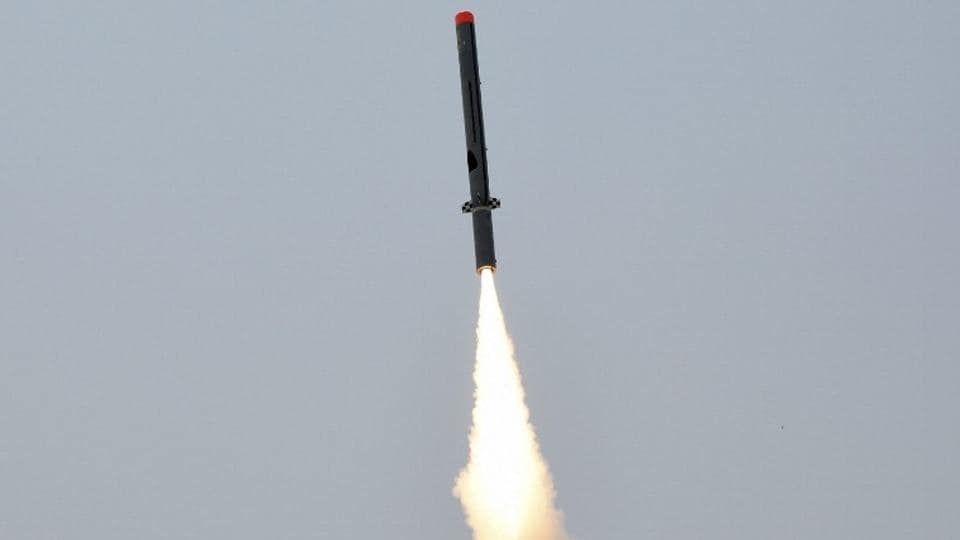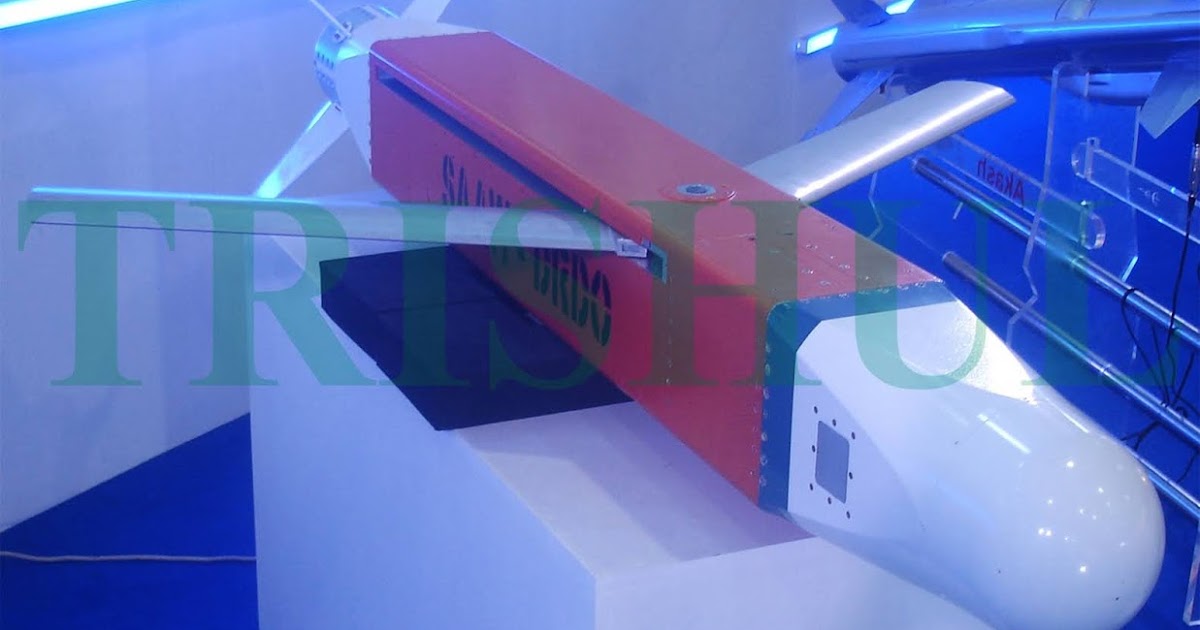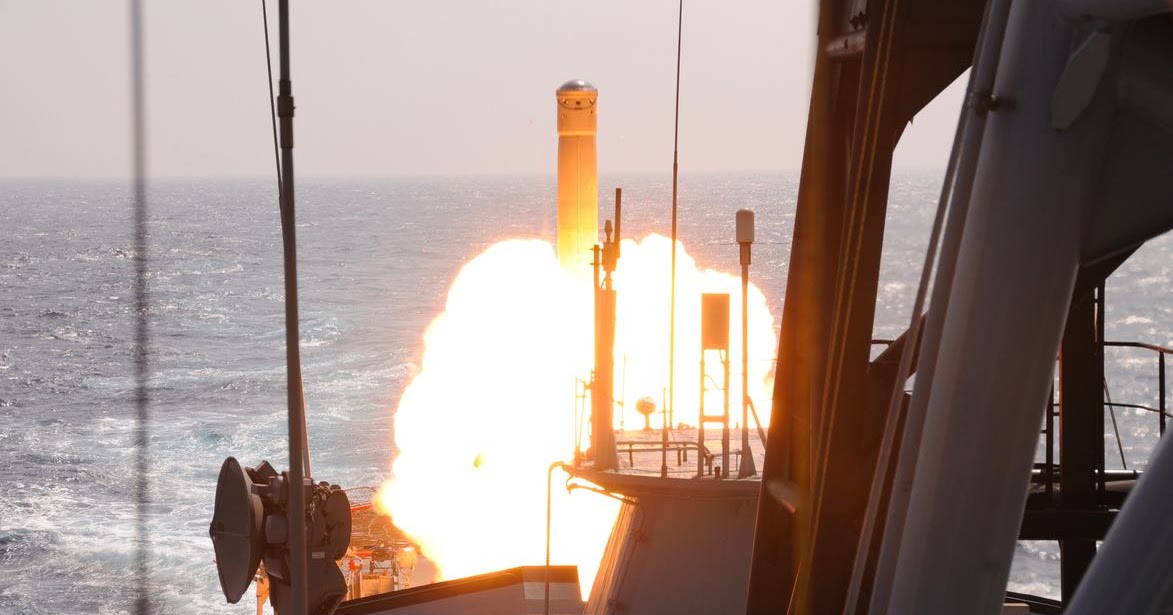
ajaishukla.blogspot.com
By Ajai Shukla
Business Standard, 1st Sept 2020
Indo-Russian joint venture (JV) firm, Brahmos Aerospace on Wednesday successfully tested an extended range version of the BrahMos cruise missile. While the existing version of the missile has a maximum range of 290 kilometres, the BrahMos fired today struck a target more than 400 km away.
Since the JV was founded in 1998 to develop, manufacture and market the BrahMos cruise missile, India and Russia have adhered to the Missile Technology Control Regime (MTCR), which prohibits the transfer of missiles, or missile technology, with ranges beyond 300 km to non-member states. However, with India having become a MTCR member-country in 2016, New Delhi is less stringently bound by technology transfer rules.
Even so, Defence Minister Rajnath Singh said nothing about breaching the 300-km range barrier, while Tweeting his acknowledgement “for the successful flight testing of the BrahMos supersonic cruise missile with indigenous booster and air frame [to the] designated range.”
The BrahMos is regarded as one of the world’s premier cruise missiles, with its supersonic speed of 2.8 Mach (almost 3,000 kmph) making it extremely difficult for enemy fighters to intercept and shoot down. Conventional cruise missiles, such as the US military’s Tomahawk, travel at about 890 kmph, a low speed at which supersonic fighters can overtake them.
While the current test was restricted to 400 km, it is a signal that the BrahMos could be built for far longer ranges in the future, limited only by its fuel carriage.
In any conflict with China, the unmanned BrahMos could be advantageously used in the opening stages for pinpoint strikes on heavily defended targets – such as air bases, headquarters, key roads and railways or logistics dumps – which are too dangerous for manned fighter aircraft to attack.
Through incremental improvement and progressive testing, the BrahMos has become a key element of the Indian military’s strike power. It is employed by all three services, and launched from all four dimensions: from ground launchers, aircraft, surface warships and submarines.
The army operates four BrahMos regiments, including missiles programmed for “steep dive” attacks. These skim over high mountain ridgelines before diving steeply onto their target on the valley floor.
Such capabilities do not come cheap. Each BrahMos regiment, which is a fully mobile entity with a command post, four missile-launcher vehicles and several missile carriers to carry its complement of 90 missiles, costs around Rs 2000 crore.
The army is on track to buy two more BrahMos regiments. With the range of the BrahMos now being extended, it is likely that the 5th and 6th BrahMos regiments would be equipped with the longer-range missiles.
Defence industry analysts say that each BrahMos missile costs around Rs 15 crore, about the same as the cost of a Tomahawk. At that price, partner countries such as Vietnam, to which New Delhi and Moscow have agreed to offer the BrahMos, are unable to afford it.
The Indian Air Force (IAF) is also committed to the BrahMos, having based a full Sukhoi-30MKI squadron, equipped with the BrahMos air-launched cruise missile (ALCM), at Thanjavur, Tamil Nadu. From this peninsular base, the long-range Sukhoi fighters can strike targets in three directions – the Arabian Sea, Bay of Bengal and the northern Indian Ocean.
The integration of the Sukhoi-30MKI with the BrahMos allows the IAF to strike targets up to 3,000 km away. In an exercise in May 2019, Sukhoi-30s attacked a target 3,000 km away, refuelling on their way out and a second time on their way back to Thanjavur.
The Navy has also adopted the BrahMos as its standard ship-launched cruise missile (SLCM). All the navy’s frigates and destroyers are now being built to carry the BrahMos in vertical-launch canisters – eight missiles in each frigate and 16 in each destroyer. BrahMos is already carried by the indigenous Project 15B destroyers, and are being integrated into the Talwar-class frigates being built in Russia.
BrahMos Aerospace has also offered its missile for fitment into the navy’s next six submarines that are proposed to be built under Project 75-I. In March 2013, a BrahMos was fired from an underwater pontoon, validating it as a submarine launched cruise missile.
BrahMos Aerospace was incorporated through an Indo-Russian Inter-Government Agreement (IGA), and is named after India’s Brahmaputra and Russia’s Moskva rivers. It is 50.5 per cent owned by India and 49.5 per cent by Russia, the MoD had told Parliament on May 9, 2007.
According to the MoD, the share capital of BrahMos Aerospace was $250 million initially. This was increased by $50 million to cover the cost of developing the air-launched version of the missile.
New Delhi’s contribution of a little over $150 million includes Rs 634 crore contributed by the military and Rs 370 crore contributed by the Defence R&D Organisation.










